(Above) A lone Osoberry (also called Indian Plum, Oemleria cerasiformis) provides hope for spring in the riparian understory along the North Umpqua River at River Forks Park. This is one of the first deciduous shrubs in our area to begin leafing out and flowering by late February and March. We all got to sample the cucumber taste of its leaves.
River Forks Park, Douglas County, OR–At 0900, February 29, 2020, I met with six others to do a little exploring for animal tracks, bird sounds, and early buds and blooms at River Forks County Park a few miles NW of Roseburg, OR. Before making our way down toward the river we looked at some birds and trees near the parking area. A pair of Red-breasted Sapsuckers were flying among the oak trees nearby, looking like probably a pair. European Starlings and White-breasted Nuthatches were inspecting available cavities.
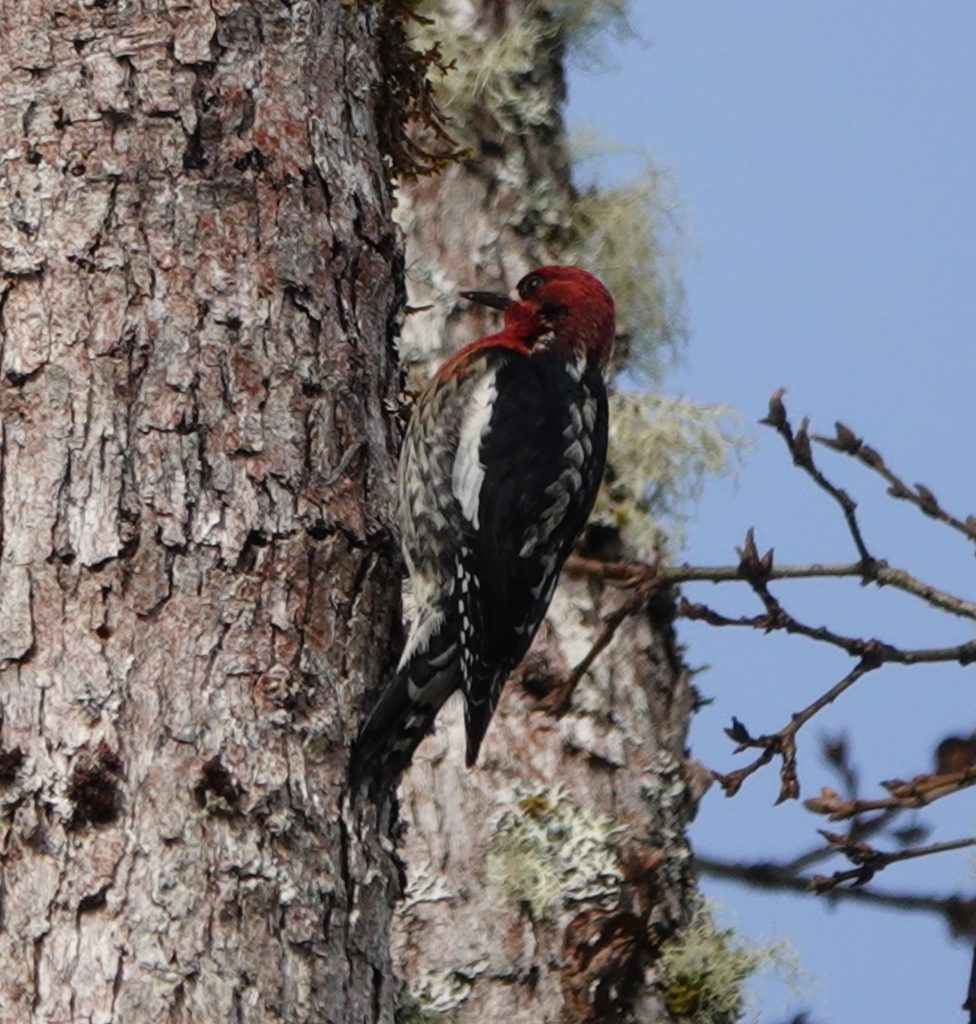
We examined the huge Ponderosa Pine at the park–with thousands of Acorn Woodpecker storage holes–noting the brighter orange bark where many of the outer bark scales had been chipped off over time. But then we noticed that the granary holes actually had no acorns in them. The reason for the lack of acorns in these holes was and still is a topic of discussion. However, while looking at the holes in the tree we noticed that the crevices of the bark of the tree, harbored thousands of Western Box Elder bugs (Boisia rubrolineata).
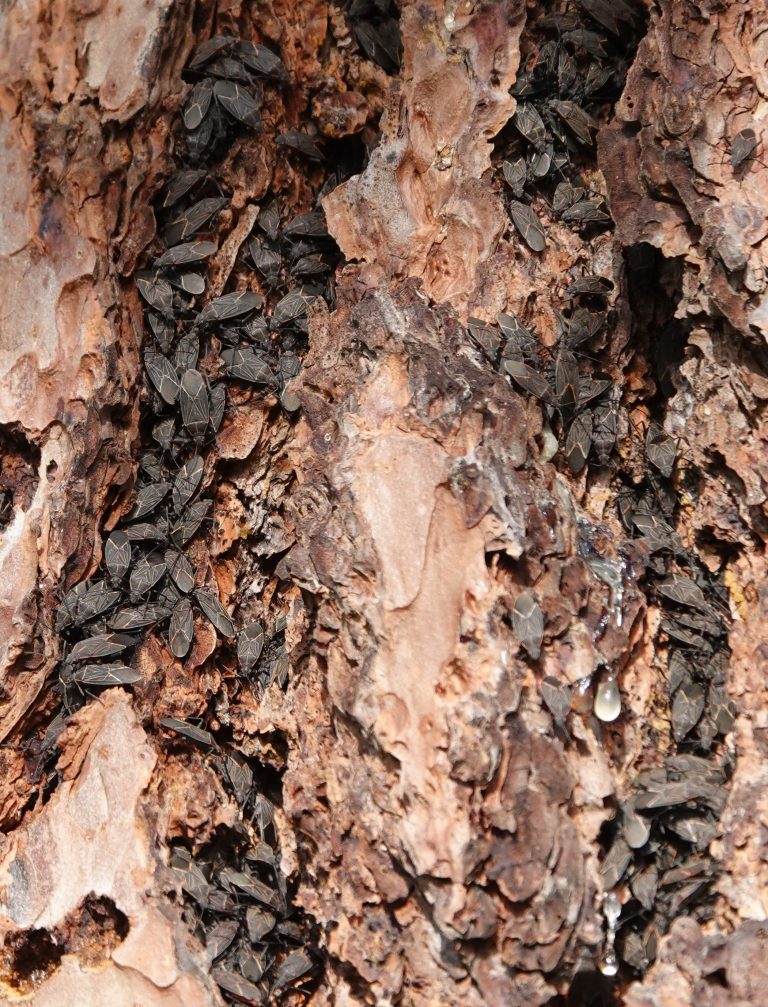
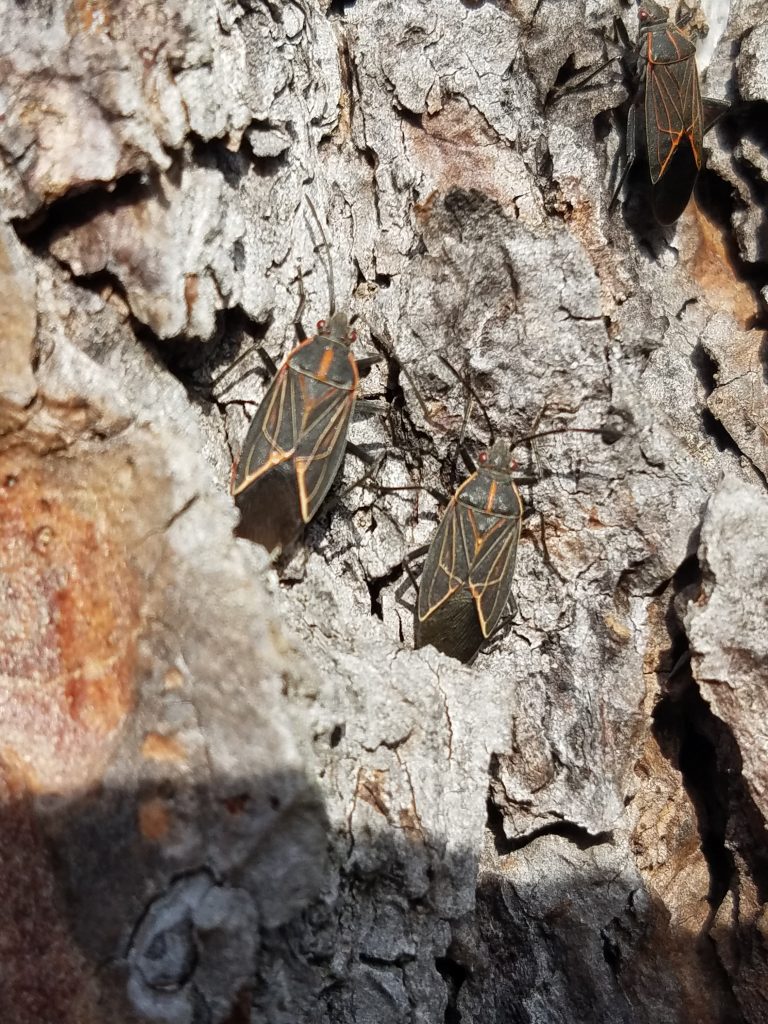
A petite Downy Woodpecker foraged for grubs in a rotted oak stub, and in a couple different locations, Brown Creepers sang for us and “crept” along the boles and branches of nearby trees. We examined the different leaves and bark of the two native oaks in the park: Oregon White Oak and California Black Oak.
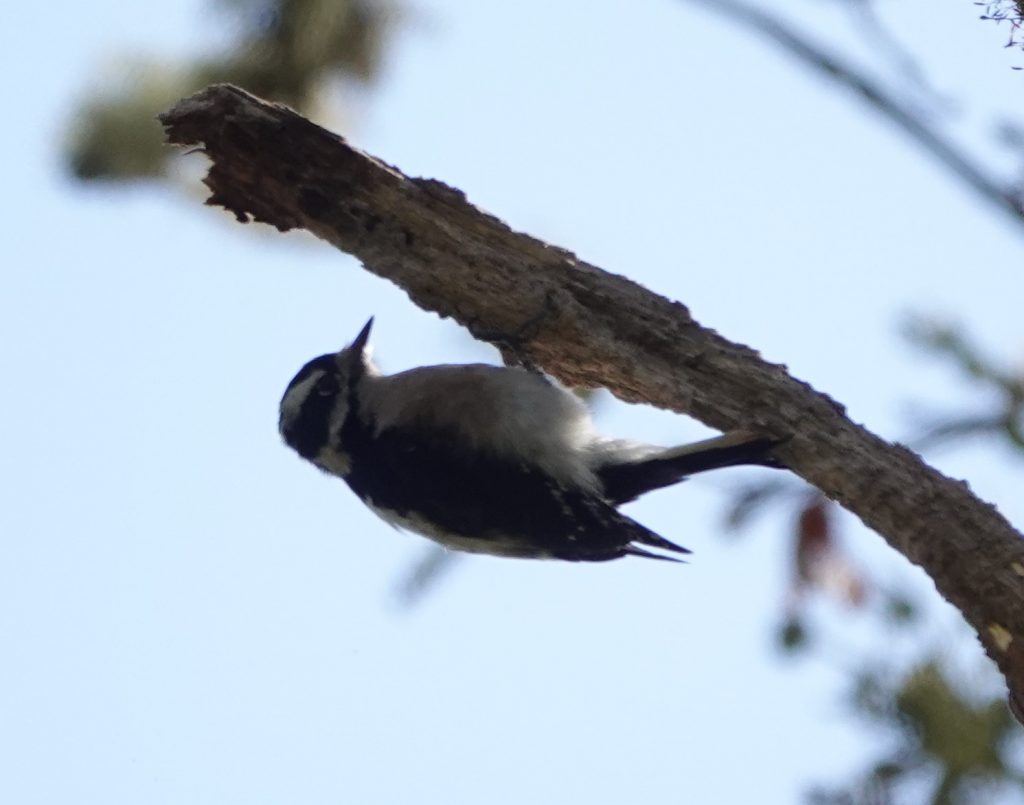
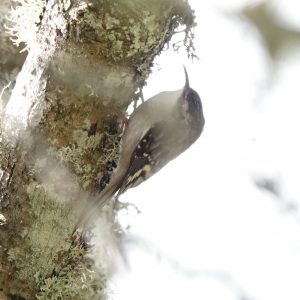
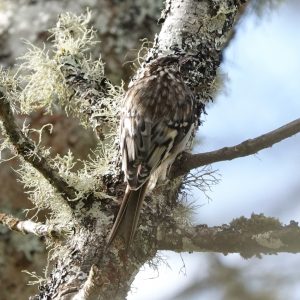
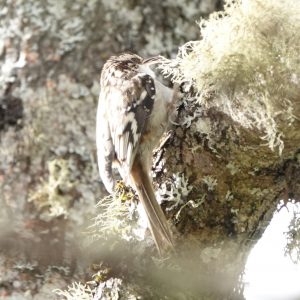
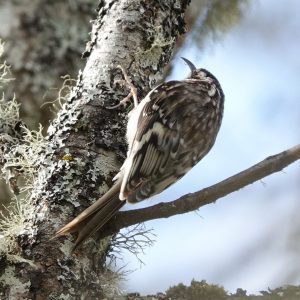
Down by the North Umpqua River, in a down-hanging limb of a large Black Cottonwood, remained an old nest of a Bullock’s Oriole. it is not too uncommon for nests of this species to persist at least in part into the winter, but this nest seemed to be especially intact. The explanation? It was composed primarily of plastic: fishing line, burlap sack and/or tarp ribbons, bailing twine, etc.

Due to the previous nights rain there were few apparent tracks other than those from large and/or recent domestic dog actity. We saw older tracks of probably Gray Fox, as well as Nutria, Canada Goose, and such. (Some fresher examples from this same area on December 25, 2019 can be seen here: https://tinyurl.com/wtje772).
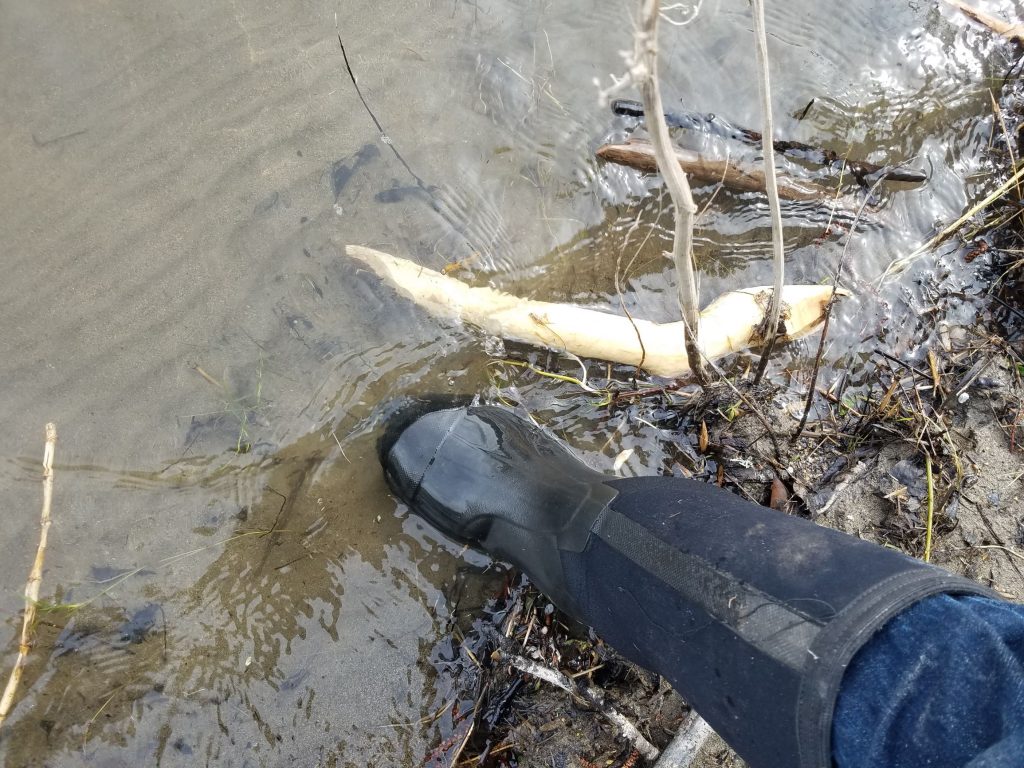
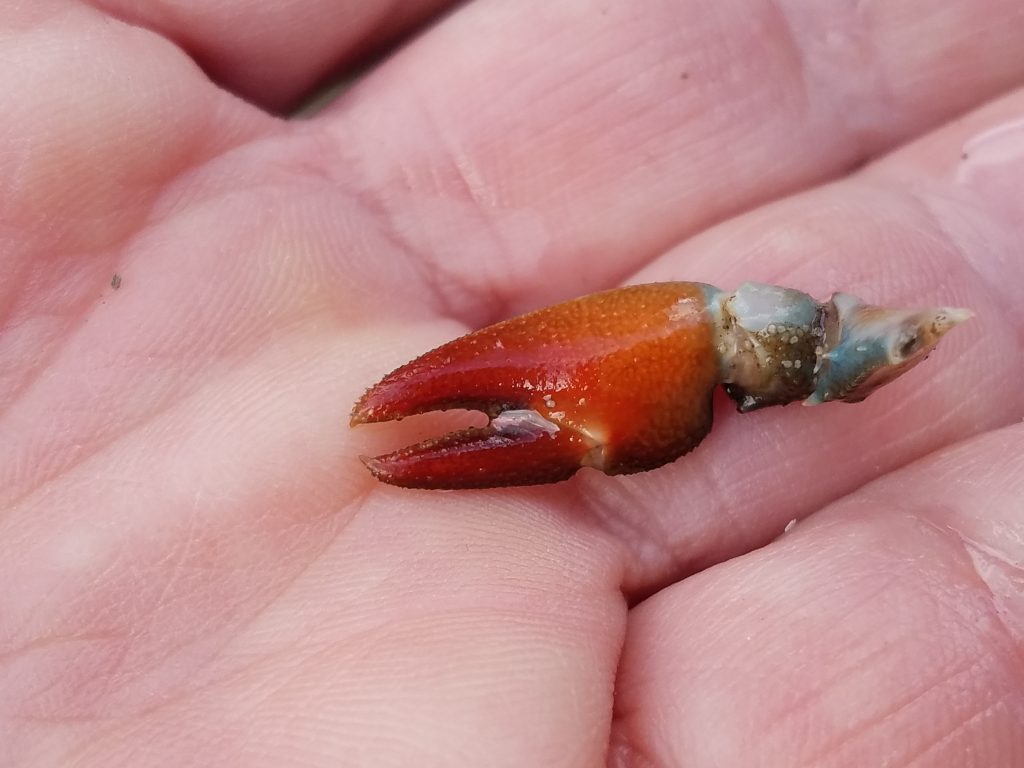
Probably the most exciting live mammal observation we had was an American Mink that Abraham Finlay spotted across the main river from the sandy beach where we were. A nearby boat seemed to flush the mink into view, then it spent the next 10-15 minutes foraging along the shore and generally headed downstream, sometimes hopping on rocks and branches, sometimes swimming. Later, I drove over to the location along Melqua Road and was able to find a few tracks.
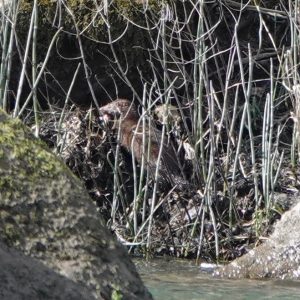
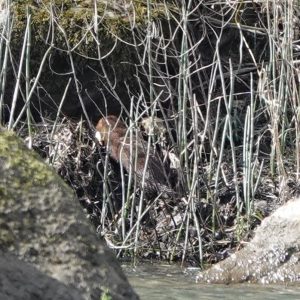
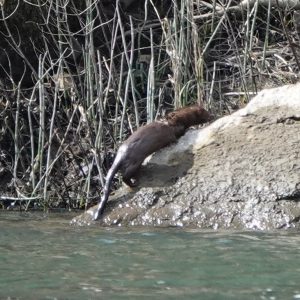
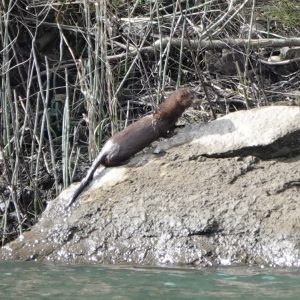
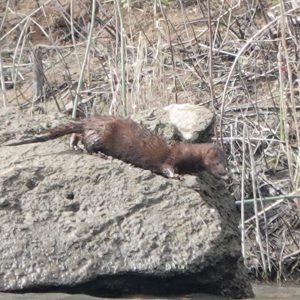
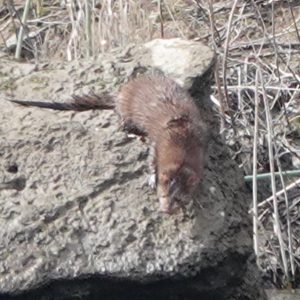

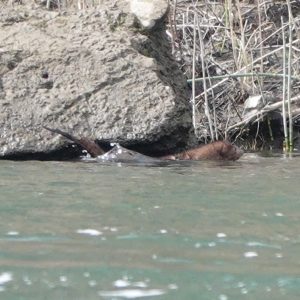
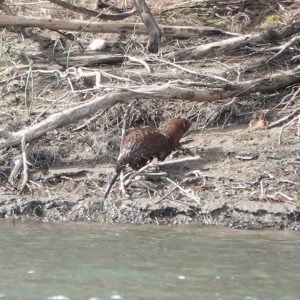
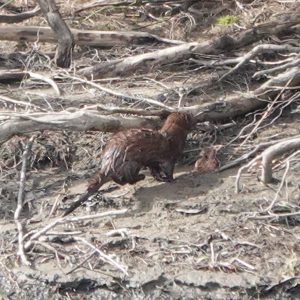

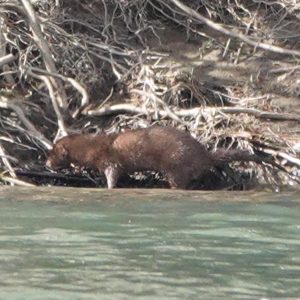
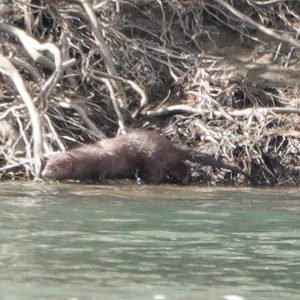
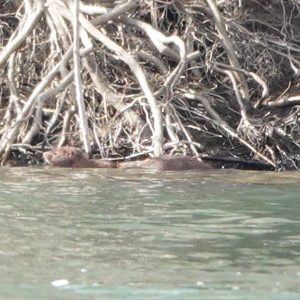
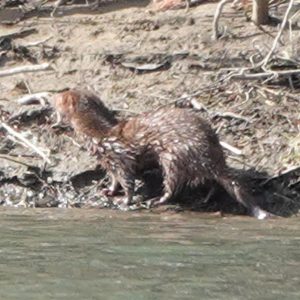
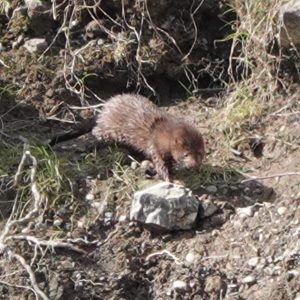
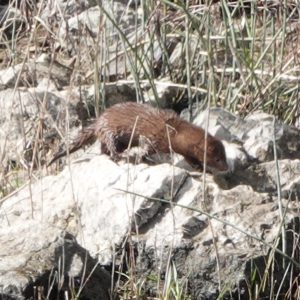
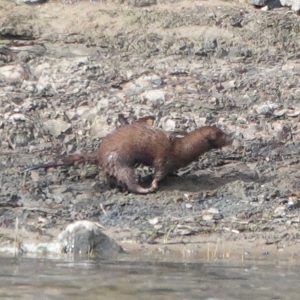
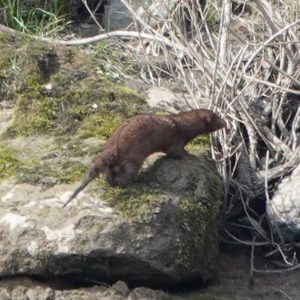
American Mink traveling and foraging along the main Umpqua River
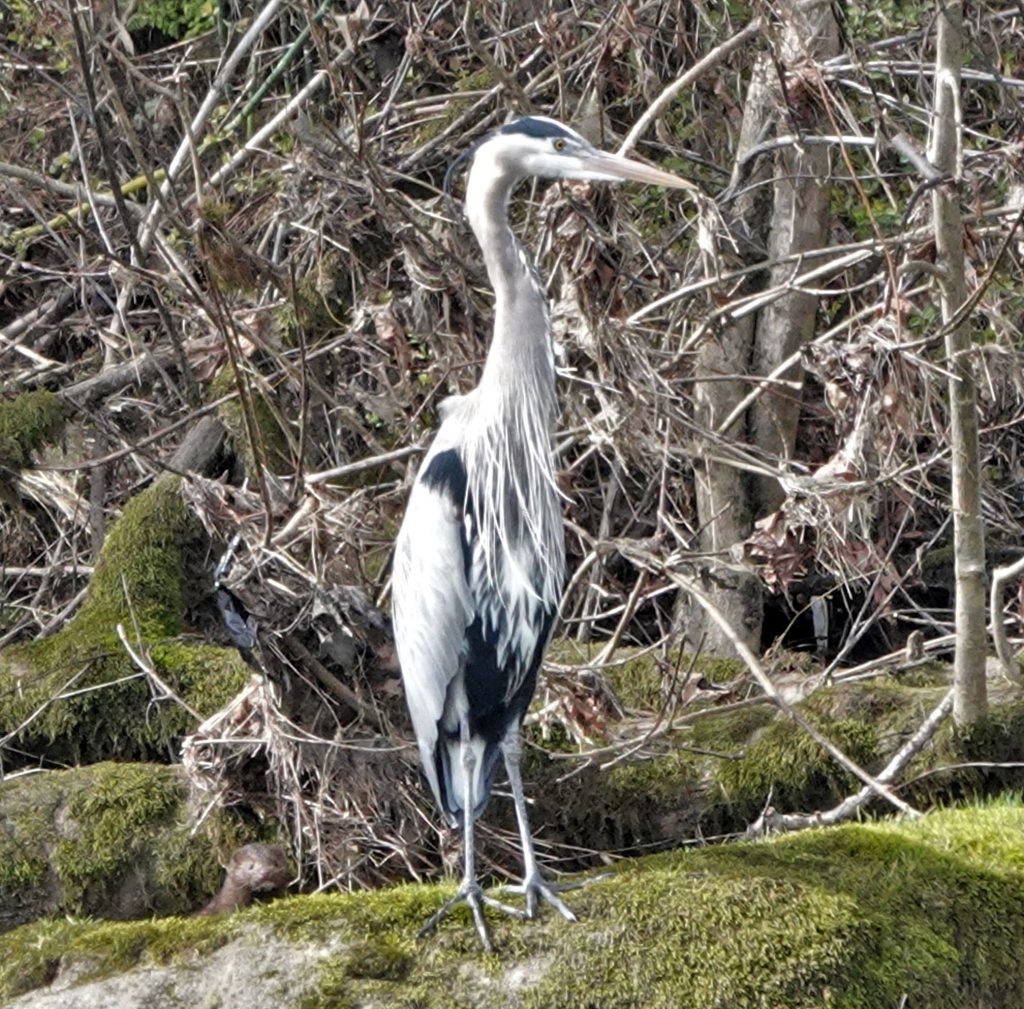
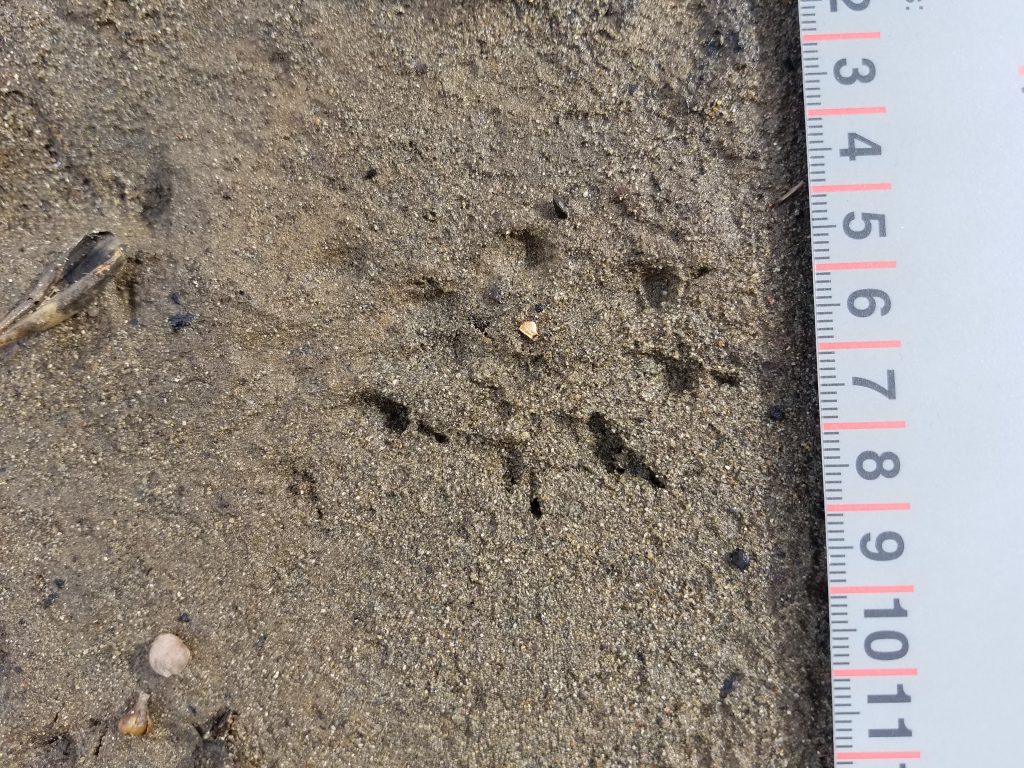
All seasons and places have their own unique life and communities. We enjoyed a nice morning here. My list of birds observed is here.
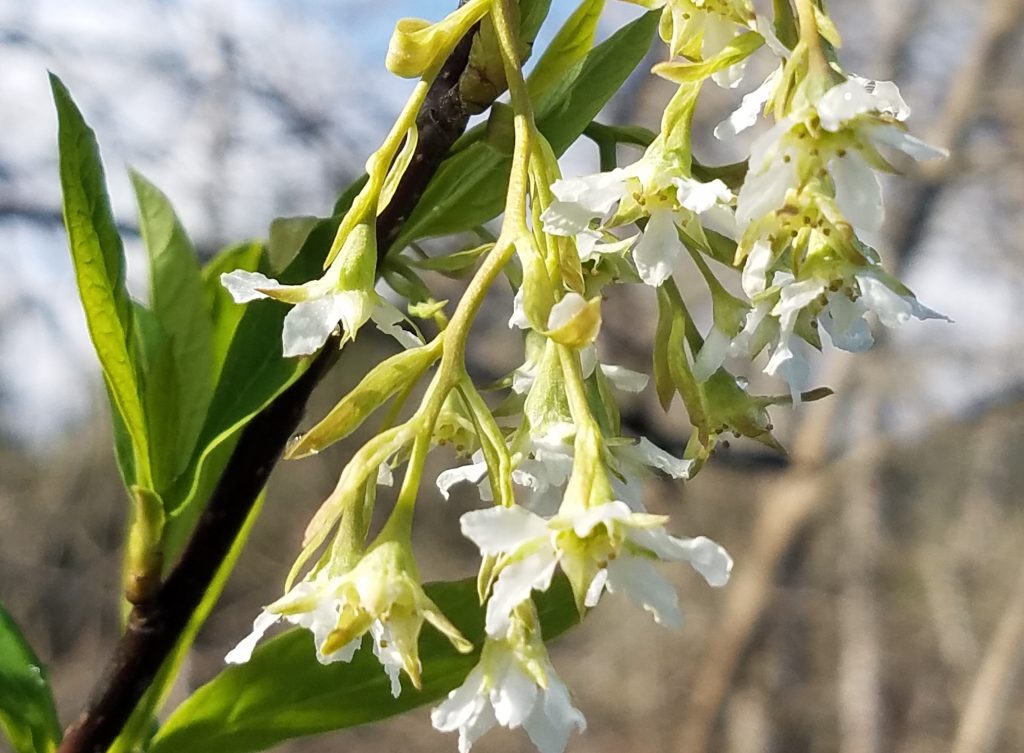
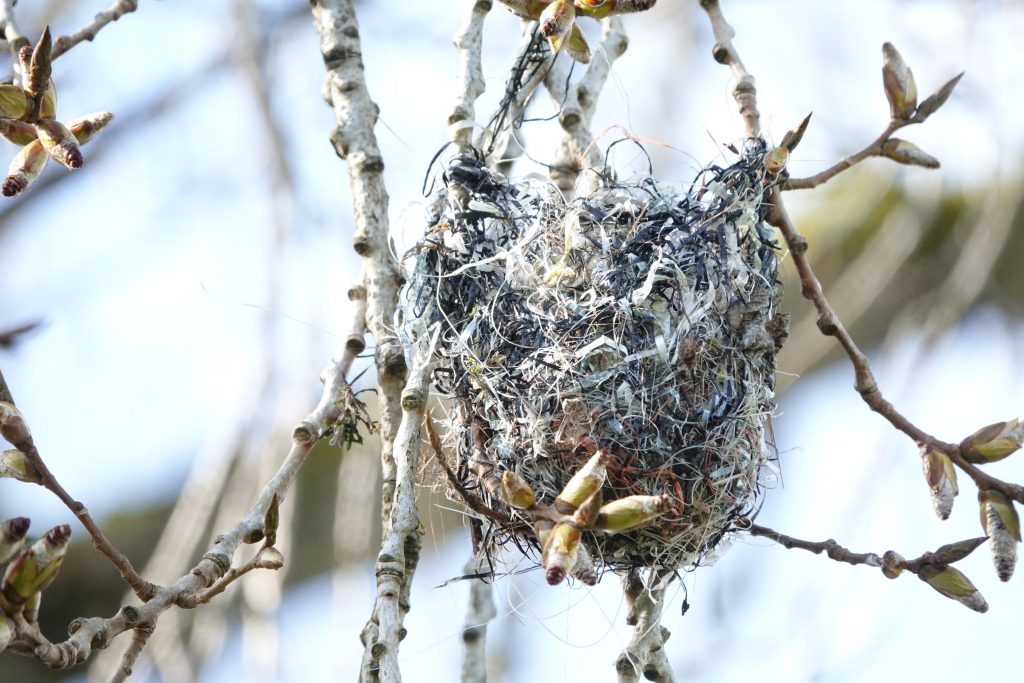
This Post Has 5 Comments
Thank you Matt. Excited for the next one!
Your field notes and descriptions are so vivid as to actually be there! You do such great work and are so knowlegable. My favorite is the mink, especially the pic with the mink and GBHE all in one photo! Wish I could have been there.
Please do more of these events!
Nice report Matt! Always a treat to observe mink. What a nice treat for you all! Thanks for sharing.
Great report! thanks Matt, fun time.